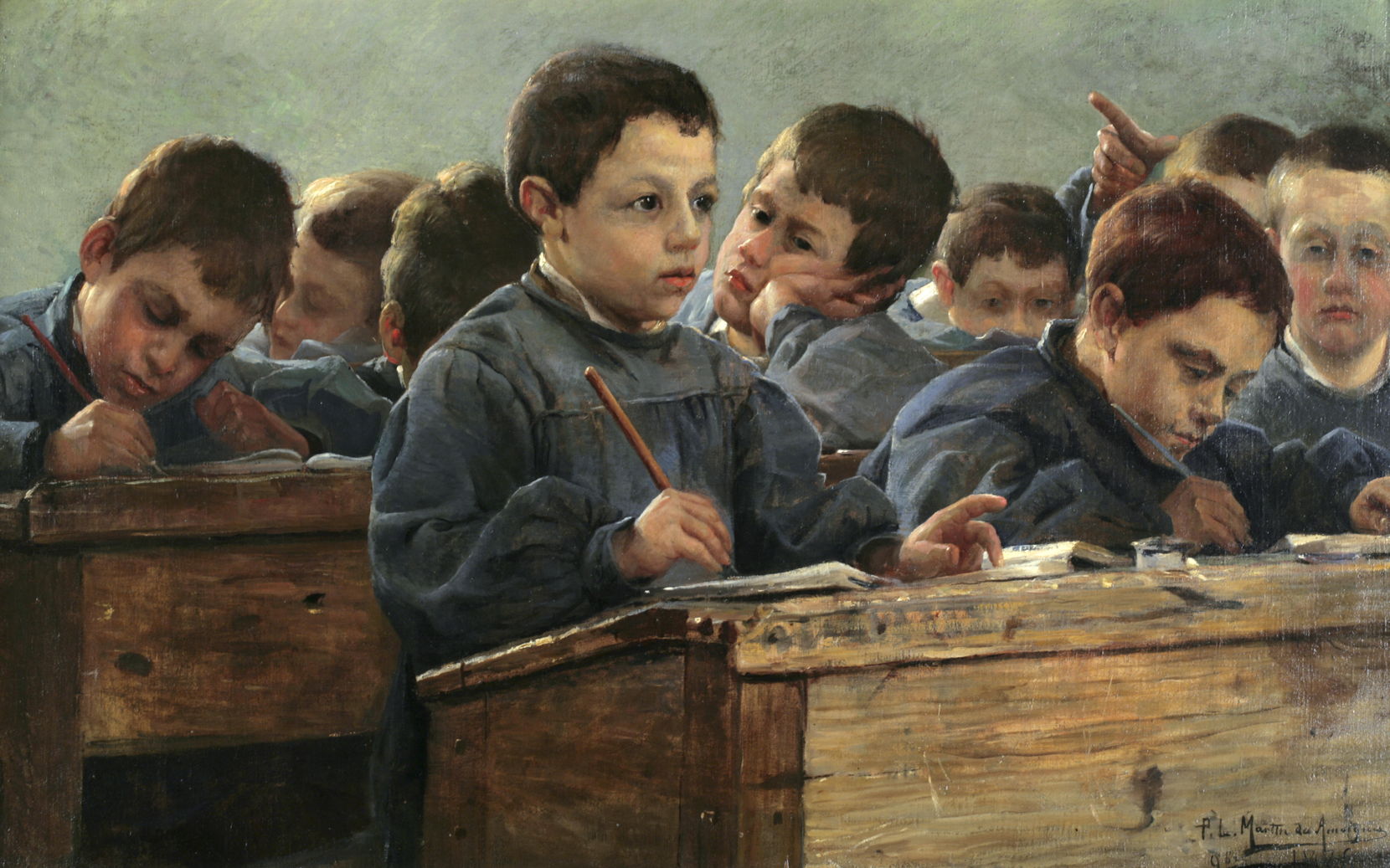Painting on the edge: Overview and contents – The Eclectic Light Company
Painting on the edge: Overview and contents – The Eclectic Light Company
Whatever reading you like to make of Velázquez’s Las Hilanderas or The Spinners, one of its striking features is the motion blur of the spinning wheel in the foreground.

Diego Velázquez (1599–1660), The Spinners (Las Hilanderas, The Fable of Arachne) (detail) (c 1657), oil on canvas, 220 x 289 cm, original 167 cm × 252 cm, Museo Nacional Del Prado, Madrid. Wikimedia Commons.
A closer look reveals the detail in Velázquez’s painting, which was clearly the result of close observation of the blurred image the artist perceived. There are hints of radial spokes, and concentric circles suggesting the structure of the hub and its rim in rapid motion. Other parts that would have been in motion, such as the wheel’s support, are also carefully blurred, as is the yarn.
From the middle of the nineteenth century the advent of photography altered human perception. Although lenses and optical instruments had been used well before Vermeer’s day, the ability to capture the effects of lens focus and depth of field in still images influenced paintings from the late nineteenth century.

Paul Louis Martin des Amoignes (1858–1925), In the Classroom (1886), oil on canvas, 68.5 × 110.5 cm, location not known. Wikimedia Commons.
Paul Louis Martin des Amoignes’ wonderful In the Classroom was painted in 1886. It bears unmistakeable evidence that it was either painted from photographs or strongly influenced by them. One boy, staring intently at the teacher in front of the class, is caught crisply, pencil poised in his hand. Beyond him the crowd of heads becomes more blurred.